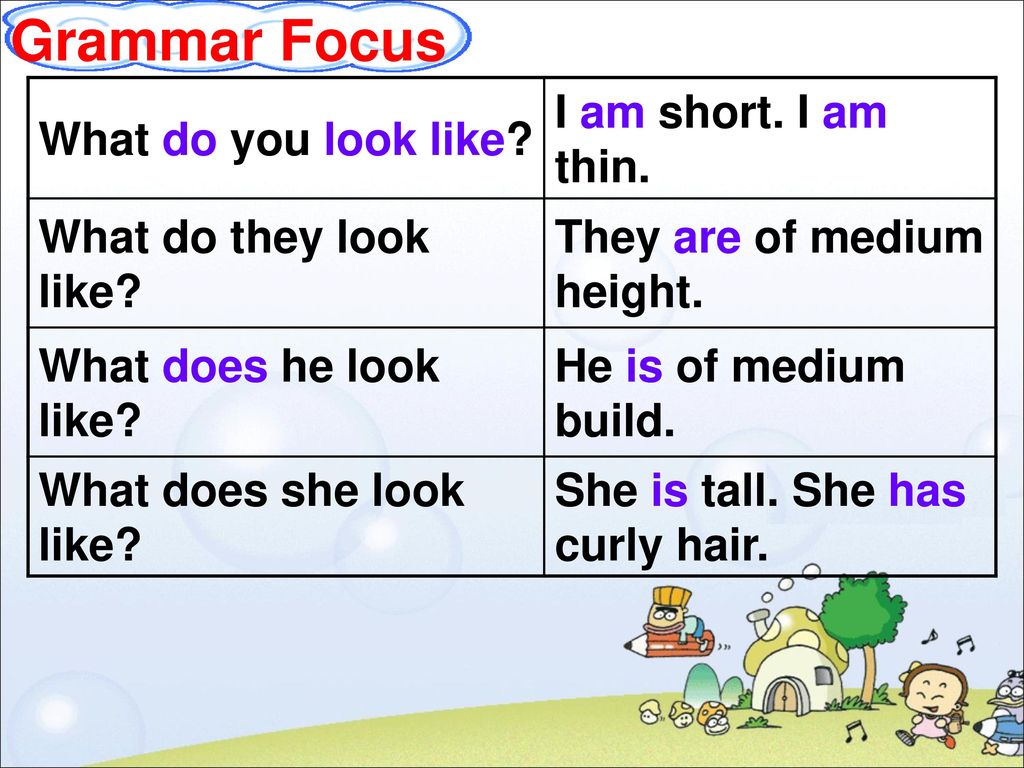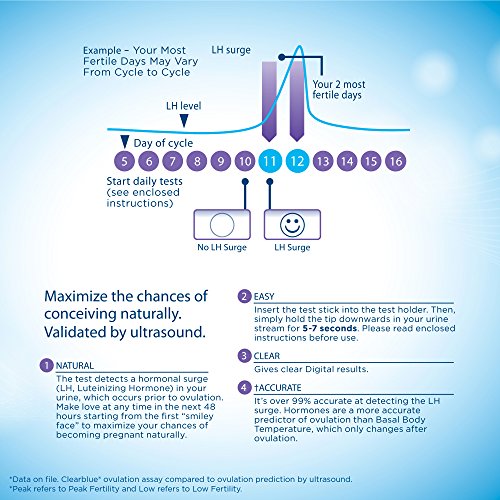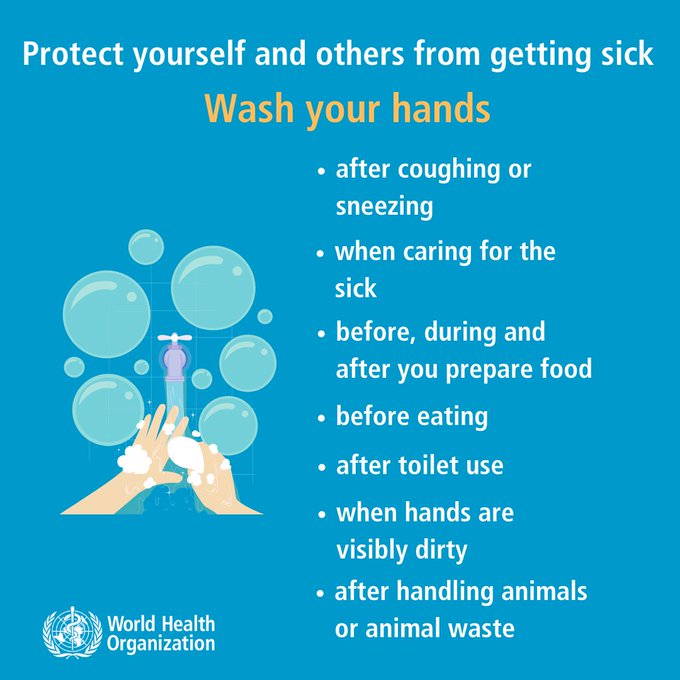How to improve attention in child
7 Ways to Increase a Student's Attention Span
Children often struggle to pay attention, but when they are given a task they view as challenging or hard, they are even more likely to give up before truly trying. If you notice a child that is regularly losing focus during challenging tasks, here are some strategies that might help increase that attention span and improve the overall outcome of tasks.
1. Include Physical Activity
Kids who struggle with attention often do better if they are given brief breaks for active play. Taking a break to bounce on an exercise ball, breaking up learning into chunks, and outdoor play times, or providing a quick stretching or jumping jacks break in the classroom, can all help the attention-challenged student stay focused. Starting with 15 minutes of active play before a challenging task can also help a child stay more engaged.
2. Have "Attention Breaks"
Teach the child or children what "paying attention" means and how it looks. Practice attentive behavior in non-threatening, non-crucial times during the school day. Then, at periodic intervals, have practice attention breaks. Using a timer or an app on the phone, have a signal go off during the work period, and have the child mark whether he/she was paying attention. This can help train a student's brain to understand what attention looks like, and how often he/she is tempted to disengage.
3. Adjust Time Frames
If you find that, no matter what you do, the kids just can't seem to stay on task, it may be time to break content into smaller time intervals. Remember, children can concentrate on one task for two to five minutes per year old. For example, if you have a classroom of 6 year olds, expect 12 to 30 minutes of attention for your students.
If you need to adjust time frames for all or some of your students, do so. Using timers, have the student who is struggling with attention show his/her work after a short period of time.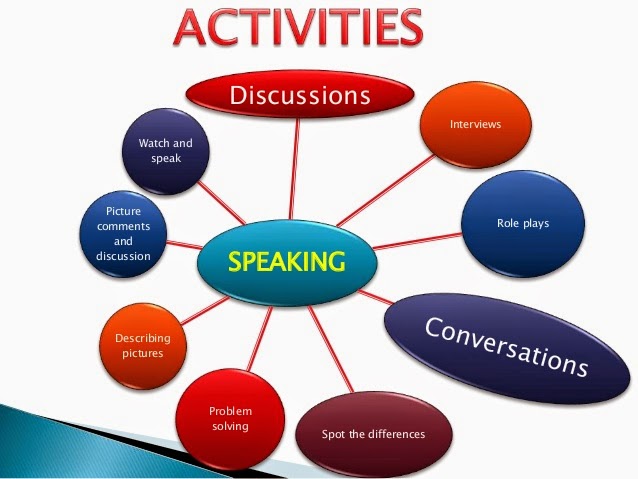 This breaks up the task and allows the child to keep working without feeling completely overwhelmed. Consider calling the child to your desk for these checks. This provides the physical movement that the child needs in order to stay engaged, and also gives you the opportunity to monitor his/her progress.
This breaks up the task and allows the child to keep working without feeling completely overwhelmed. Consider calling the child to your desk for these checks. This provides the physical movement that the child needs in order to stay engaged, and also gives you the opportunity to monitor his/her progress.
Also, be cautious about lengthy lectures with kids with short attention spans. These children need to be kept involved with the material, so ask for responses regularly on the subject matter you are discussing. Even a simple question, asking for a raise of hands, can be what is necessary to keep students on task.
4. Remove Visual Distractions
When a child is struggling with a difficult task, clutter in the classroom or on the desk can make it impossible to keep his/her brain where it needs to be. Remove unnecessary clutter and visual experiences from the workspace. This gives the child fewer excuses for not focusing on the task at hand.
5.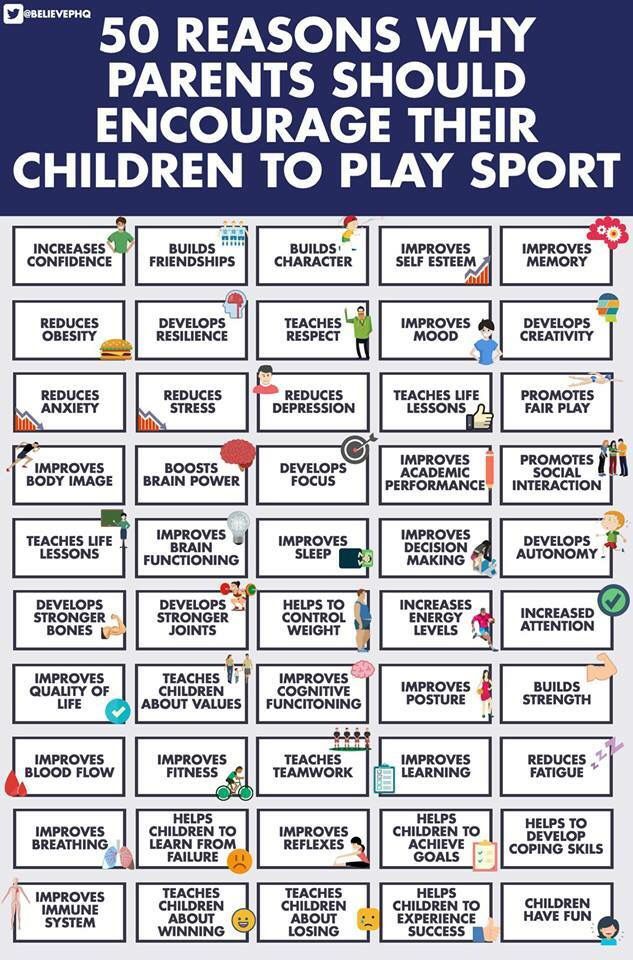 Play Memory Games
Play Memory Games
Memory isn't really a muscle, but it can help improve focus. Memory games help hone that focus for kids in a fun way, so that they are able to concentrate when something challenging is presented. Have regular times in the normal school day where the class plays memory games, or work with the attention-challenged students outside of normal class time to play concentration games. Add memory games to classroom electronics to encourage this type of play during free time.
Memory games do not have to be complicated. Even a simple game of red-light-green-light, I-Spy or Simon Says forces a child to concentrate. Memory matching cards or the game Concentration can also be used to increase attention.
6. Rate (and Change) Tasks
If you notice a child is constantly avoiding work or seems overly distracted, ask that child to rate the level of challenge found in the activity on a scale of 1 to 10. If the child indicates the activity is an eight or higher, ask what could be done to make the task a two or three. Sometimes, you will get excellent insight into what you can do to help the student decrease his/her level of frustration.
Sometimes, you will get excellent insight into what you can do to help the student decrease his/her level of frustration.
7. Break Tasks into Pieces
If these strategies don't work, look at the task itself. Can you break it into smaller chunks? Have the child focus long enough to perform part of the task, then take a break, coming back to the project to finish. Children with attention struggles may actually perform the requested task faster with this strategy than if they simply tried to finish it all in one sitting.
Some kids are going to struggle with attention more than others. As a teacher, you can take measures to help improve concentration for your students. All it takes is a little extra thought and work on your part to bring significant change for your students.
Improve your Child's Attention Span
50 ways to improve your child’s attention span and behaviour without drugs
Used with permission from Thomas Armstrong.
Provide A Balanced Breakfast
Include a balance of complex carbohydrates like cereals, bread, pasta, proteins like milk, yoghurt, cheese, eggs, fish and fruit, fresh, canned or juice.
Consider the Feingold diet
Limit your child's intake to synthetic food dyes, artificial flavours, flavour enhancers and preservatives. After a period of total abstinence from food with additives you can begin reintroducing foods one at a time while looking for behavioural reactions to specific additives.
Limit Television And Video Games
It is suggested that frequent changes of camera and focus may actually program a short attention span. Television advertisers capture a viewers attention by capitalizing on the brains instinctive responses to danger through the use of sudden noises, close-ups, pans, zooms and bright colours and may be reducing the child's natural ability to remain actively focused on events in the real world.
There is substantial evidence that television watching can promote aggressiveness in children.
Television and video games also take children away from activities that are more active, multi-sensory and intellectually, socially and emotionally nourishing.
Teach Self Talk Skills
Self talk represents a process whereby an individual develops keys phrases that can guide him through a complex situation. He learns to repeat phrases to himself at appropriate times of need.
Self talk can assist in developing self control of anger by silently repeating phrases such as "keep cool", "chill out", or help to organise themselves using questions such as "now where do I begin" as a prompt, to help a child form a more positive image of themselves by repeating "I can do it if I try".
After allowing the child to chose an appropriate phrase, train the child to use it in four stages:
- Say the phrase out loud
- Whisper the phrase
- Move the lips only
- Say it silently
Find Out What Interests Your Child
Rather than focus on the things the child is NOT interested in find out what does interest him and help them to develop in these areas.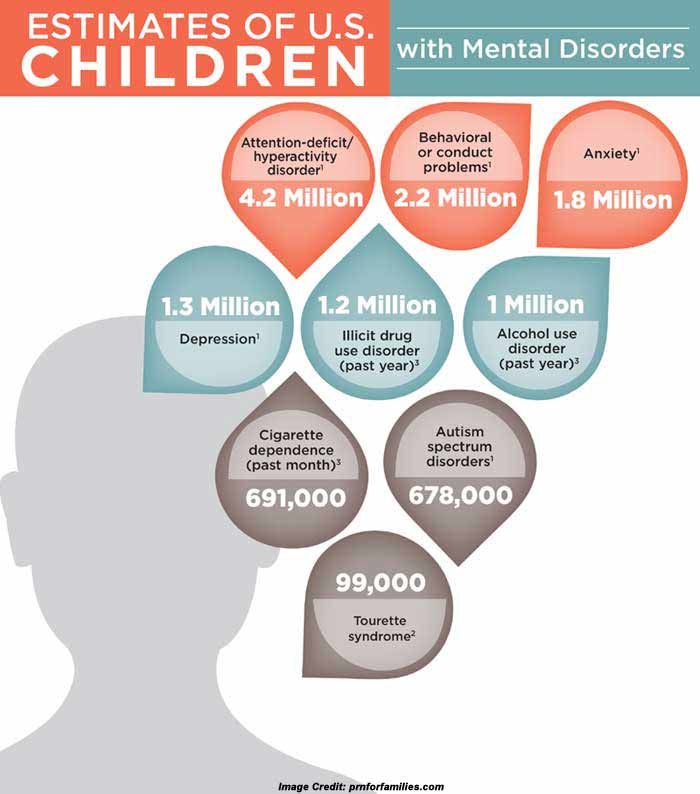 To find out what interests him observe during times when no-one is telling him what to do and see what activities absorb his energy and attention.
To find out what interests him observe during times when no-one is telling him what to do and see what activities absorb his energy and attention.
Promote A Strong Physical Education Program In The School
Students who run and participate in jumping or field exercises for forty minutes a day show less aggression on the days they exercise than on the days they don’t.
Enrol Your Child In A Martial Art Class
Martial arts train children to control their boundless supplies of energy, develop a skill that is highly valued in their peer group and promotes respect for others through their ritual courtesies and ethical values such as bowing.
Discover Your Child’s Personal Learning Style
Seven ways in which children learn or solve problems:
- Linguistic – through use of words. These children need books, audio tapes, writing implements, discussions, debates.
- Logical-mathematical – through use of reasoning. These children need logical problems to think about, science kits, maths games, brainteasers.
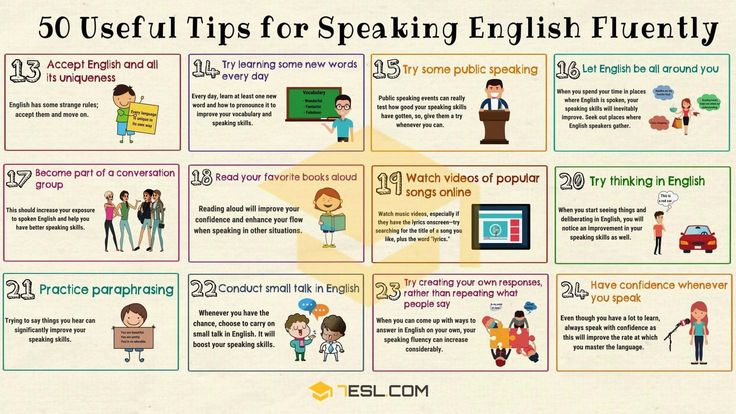
- Spatial – use of pictures and images. These children learn through art activities, Lego, video, illustrated books.
- Bodily-kinesthetic – use of physical skills. This child needs to role play, drama, movement, tactile experiences and hands on learning.
- Musical – use of melody, tone and rhythm. This child needs singalong time, musical instruments, records, musical lessons.
- Interpersonal – learning through socialising. This child needs friends, group games, cooperative learning, mentors.
- Intrapersonal – use of knowledge or reflection. This child needs secret places, self paced activities, independent study, opportunity to make choices.
- A combination of these strategies in one day will help to cater for all learning styles.
Hold A Positive Image Of Your Child
Change how you think about your child from a negative label to positive attributes.
| Instead of thinking of your child as: | Think: |
| Hyperactive Impulsive Distractible A daydreamer | Energetic Spontaneous Creative Imaginative |
| Inattentive Unpredictable Argumentative | Global thinker with a wide focus Flexible Independent |
| Stubborn Irritable | Committed Sensitive |
| Aggressive Attention Deficit Disordered | Assertive Unique |
Use Natural And Logical Consequences
To apply natural consequences ask, “What would happen if I didn’t interfere?” What are the inevitable consequences of a child’s actions that don’t require the intervention of a parent? E. g. The child won’t eat his dinner. Consequence is hunger.
g. The child won’t eat his dinner. Consequence is hunger.
Have Your Child Teach A Younger Child
Have your child teach A younger child.
Hold Family Meetings
Work towards achieving consensus rather than the majority rule in decision making.
Establish Consistent Rules, Routines And Transitions
Provide clear consistent rules and expectations within the context of a caring, loving family.
Discover And Treat Four Types Of Misbehaviour
| Children misbehave to: | You respond by: | Child’s response | Dealing with it |
| Seek attention | Irritated, annoyed | Stop and resume later | Ignore and give positive attention |
| Achieve power | Threatened | Resists and escalates | Allow cooling off and problem solve later |
| Seek revenge | Hurt | Retaliates with something hurtful | Don’t retaliate, invite cooperation |
| Display inadequacy | Inadequate | Passive aggression, wears you down | Teach skills in the area of inadequacy |
Give Your Child Choices
Allow your child to choose the time, place or method for doing chores or homework.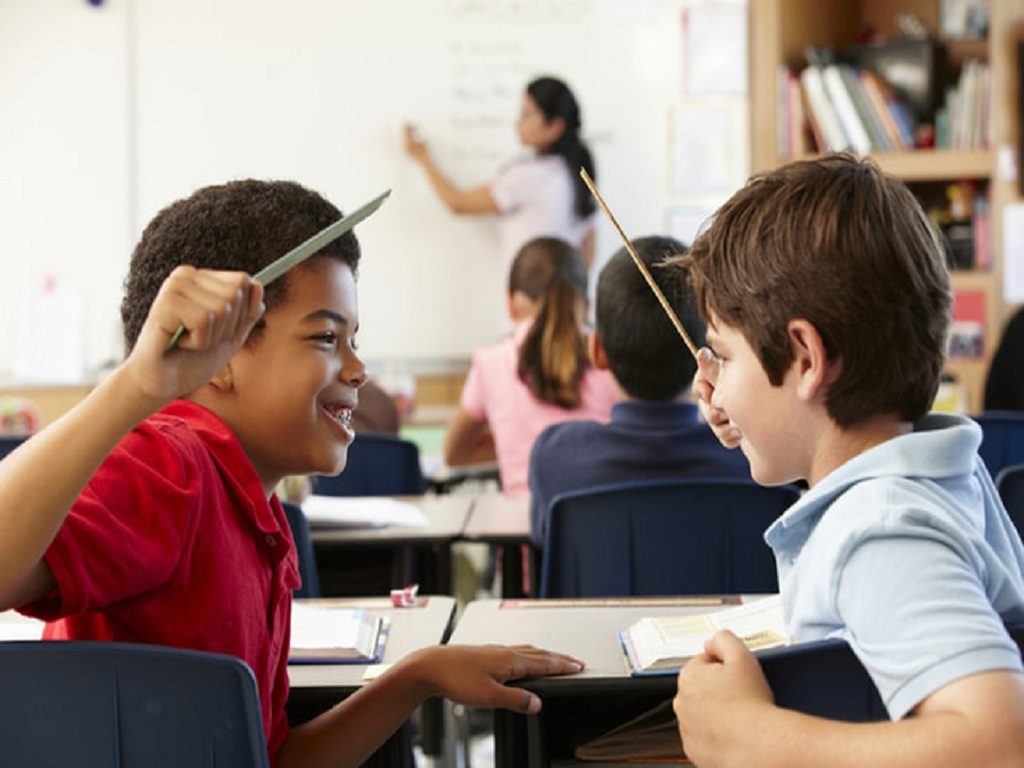 Include him in decision making about family outings. Keep the things you want done non-negotiable. E.g. Going to bed but offer choices in colours of pyjamas.
Include him in decision making about family outings. Keep the things you want done non-negotiable. E.g. Going to bed but offer choices in colours of pyjamas.
Use Effective Communication Skills
Avoid communication barriers:
- Assuming – “I didn’t tell you that because I knew you’d get angry”.
- Rescuing – “Remember to take your homework with you”.
- Directing – “Pick up your clothes”.
- Expecting – “I thought I could count on you to behave”.
- Adultism – “You know better than that”.
Instead use communication builders:
- Checking – “What were you thinking I wanted you to do?”
- Exploring the what, why, how – “What could you do differently?” “Why were you so angry at me?” “How did it happen?”
- Encouraging – “I would really appreciate it if you could . . .”
- Celebrating – “I think you did a terrific job on . . . .”
- Respecting – “I’d love to hear your ideas for solving this problem”.
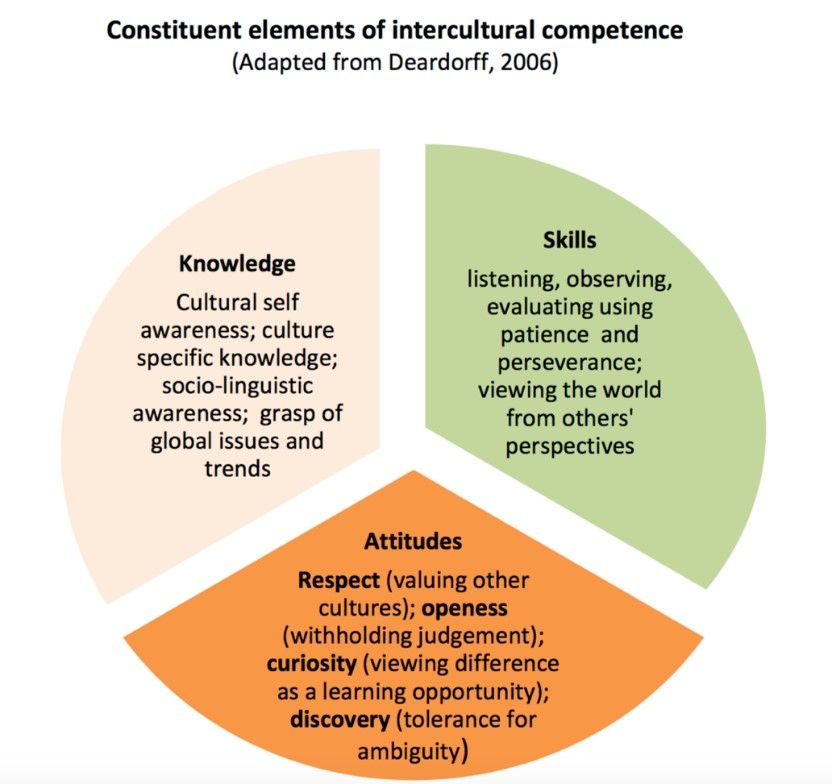
Use active listening, “I” messages and pay attention to non-verbal communication.
Contract With Your Child
Explain that you’d like your child to do something for you or change a behaviour and that in return you will do something for him. Explain the problem or the behaviour you currently see and what sort of change or behaviour you would like to see. In return for the specified behaviour you are willing to do something for him that he would enjoy, like read to him, play footy, watch him ride his bike.
Help Your Child Develop Social Skills
Social skills are not innate but learned by modelling from parents, siblings and others and by practicing within the peer group. Encourage participation in non-competitive and low stress activities such as swimming or arts and crafts. Have your child invite home a friend. Role-play appropriate responses to difficulties experienced during the day.
At school use cooperative learning as a base for instruction.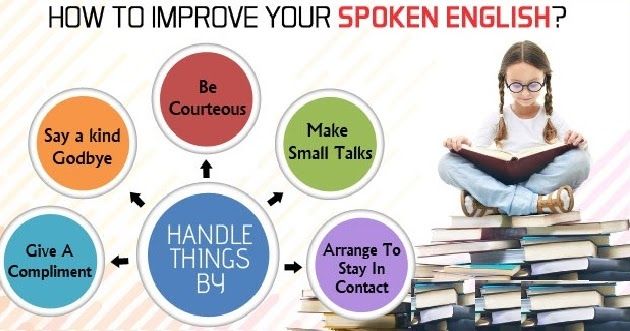 In this approach children work together in small groups to develop projects or finish assignments. Use a buddy system where an older child takes a younger child under their wing and helps him with school difficulties. Arrange for your child to be paired with someone with excellent social skills.
In this approach children work together in small groups to develop projects or finish assignments. Use a buddy system where an older child takes a younger child under their wing and helps him with school difficulties. Arrange for your child to be paired with someone with excellent social skills.
Use Time Out In A Positive Way
The hyperactive child in a low stimulus environment such as a time out room or corner will tend to create their own stimulation. To use time out in a positive way, think of time out s a basketball coach would: an opportunity to take a break from action, refresh the body and pull the game plan back together.
Explain to children that we all get angry at times and that at those times it can be helpful to have a place we can go to sort things out, make ourselves feel better, and put us back in the right frame of mind to face the problem in a more constructive manner. Show children how to use the timeout area to gain control and feel better through self talk, visualising an image that helps them cope, meditating, doing physical relaxation exercises and thinking about solutions to their problems.
Teach Problem Solving Skills
Many children labelled ADD respond to problems such as conflicts with parents, school difficulties and peer rejection by impulsively acting out their feelings of anger, disappointment or rage than deal with the situation directly. By teaching children problem solving skills we can help them develop alternative ways of confronting life’s challenges.
A four-step plan for problem solving:
- What’s the problem? Help your child describe the problem.
- How can I solve it? Assist in brainstorming ideas.
- What’s my plan? Help him choose the best option and role play to develop confidence.
- How did I do? Did it work, will I do the same next time or should I do something differently?
Offer Your Child Real Life Tasks To Do By giving the child real life things to do they are:
- Treated with respect and thereby develop responsibility,
- They are given opportunity to interact with the real world which offer them the opportunity to discover rules, routines, challenges and difficulties that are part of being a member of society,
- They find out what they are good at.

Consider Family Therapy
In family systems theory, each member of a family is seen as an interconnected part of a whole and each member influences and is influenced by every other member. Problems that arise in individual members within the family are not seen as the unique problem but rather as a problem in the family system. This may help to understand why the ADD labelled child is considered to be more or less difficult to manage by different individuals within the family or in different environments. E.g. home vs. school.
Family therapy may assist with strategies for coping with restless, impulsive children, or look at family patterns or interactions that may underlie the behaviour of one member of the family. It does not attribute blame for your child’ s behaviour to you, but suggests that your child’s symptoms are part of a larger structure that may include other members of the family including significant relatives.
Provide Your Child With Access To A Computer
Children labelled with ADD do very well with computers. Software programs provide instant feedback and instant reinforcement. They allow the users to control their own pace and are often colourful, animated and graphically interesting to look at. They are non-judgemental and take a person from their current level of performance to higher levels in small steps, and can be used alone or with others.
Software programs provide instant feedback and instant reinforcement. They allow the users to control their own pace and are often colourful, animated and graphically interesting to look at. They are non-judgemental and take a person from their current level of performance to higher levels in small steps, and can be used alone or with others.
Provide Immediate Feedback
Providing immediate feedback to children about their behaviour helps them to realise how it looks to others and enables them to take responsibility for that behaviour. You can provide feedback through using camera, video or audio recorder, full- length mirror, or by following them and describing their behaviour on a non-sarcastic, non-shaming way, or limiting their actions.
Teach Your Child Focusing Techniques
Train your child in focussing techniques used in meditation. Starting with short sessions of a minute or two, have the child focus on an internal or external object, then when distracting thoughts appear have him refocus on the central object without getting worked up about having strayed.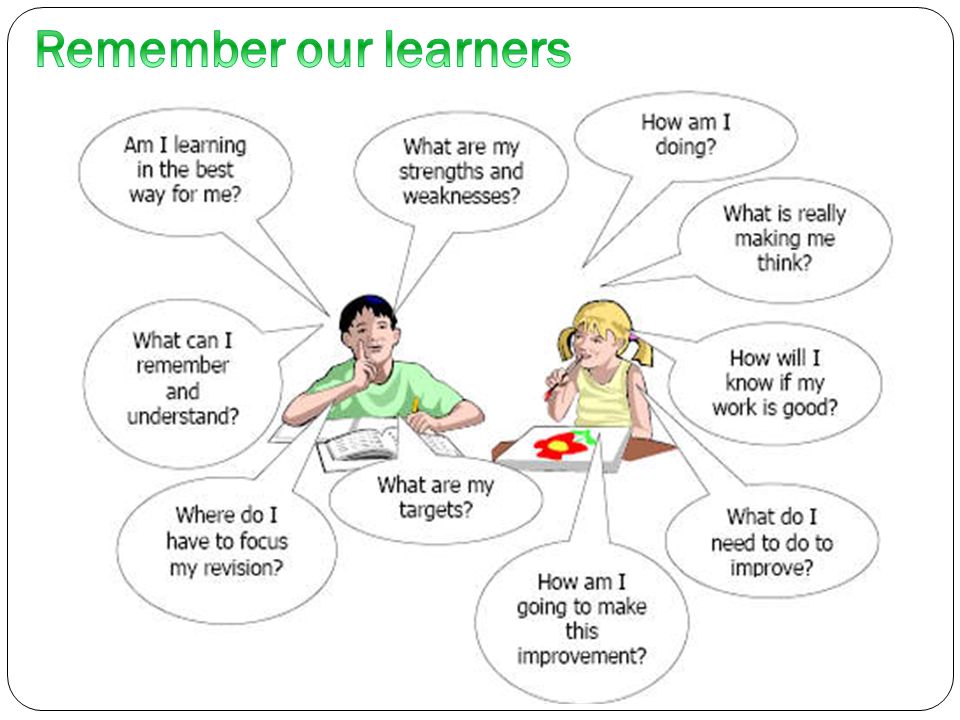
Gradually it is possible to lengthen the time spent focussing the attention. In class use this process before teaching new concepts.
Take Care Of Yourself
Learn how to diffuse tension when locked into a power struggle with your child. Sometimes just a few deep breaths will stop you from yelling at your child. At other times you may need to get away from the situation for some time out. For even deeper relaxation learn meditation, yoga, massage, simple exercises.
Create a life away from your child doing activities that give you personal satisfaction and recharge your batteries. Create an effective support system for yourself using family, friends or support groups. Consider professional help in dealing with your parent-child conflicts.
Help Your Child Appreciate The Value Of Personal Effort
Kids who experience repeated failure undergo a kind of surrender of the spirit where the lights of curiosity, initiative and effort slowly begin to die out. They attribute things that happen to them as being out of their control, learned helplessness. This is reinforced through attributing labels of ADD and prescribing of medication in order to behave.
They attribute things that happen to them as being out of their control, learned helplessness. This is reinforced through attributing labels of ADD and prescribing of medication in order to behave.
Successful students are more likely to attribute their performance to factors they do have control over, such as “ I really worked hard on that assignment” or “I didn’t spend enough time reading the question”. Students can be taught to use positive self attributions such as “I need to try hard” or “I need to remember what we learned this morning” and then when receiving their results connect their performance with a positive attribution, “I didn’t do well because I forgot 2 clues” or “I did well because I used the tips the teacher gave me”.
At home, make a list together of all the reasons for doing well or poorly in class work, go over the list and highlight those he has the most control over and encourage use of attributional statements like “I do well when I try”. When your child shows good effort let him know about it.
Help Your Child With Organisational Skills
Many kids with attentional difficulties also have difficulty with getting organised. They need help with:
- Remembering homework assignments
- Using time efficiently
- Organising home and school space
- Doing household chores
- Building up self organisation
Use Touch To Sooth And Calm
Touch appears to stimulate the release of endorphins in the brain that have a pain relieving effect similar to morphine.
Non-sexual forms of touch can benefit the child who has a high degree for tactile stimulation as demonstrated by their touching walls and furniture, bumping roughly against friends or fidgeting at their desks.
Touch can relieve chronic levels of stress that build up through school problems, peer conflicts and home tensions. Use hugs, back rubs, foot massages, tickling, using acupressure.
Consider Individual Psychotherapy
Psychotherapy may help with relieving anxiety (25% of kids with ADD also suffer anxiety) and depression (75%).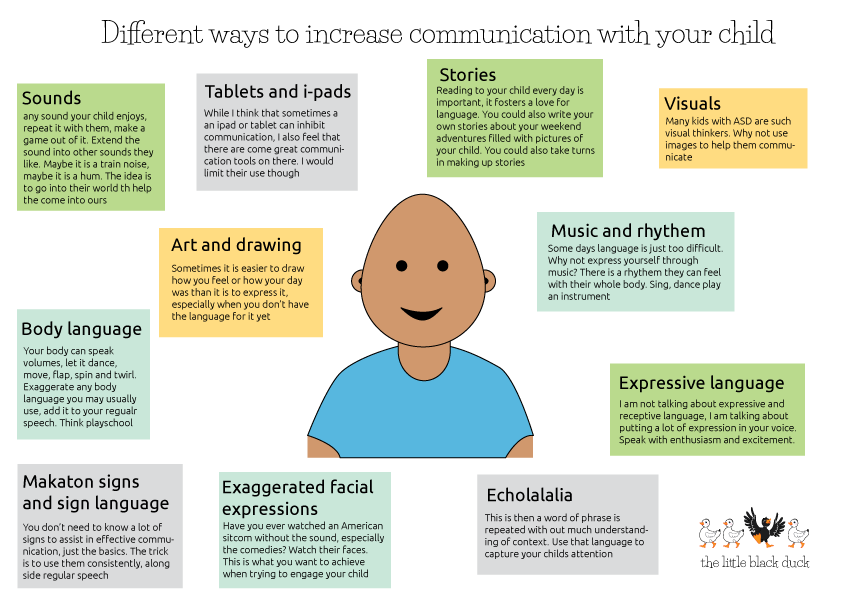 Children can be helped to resolve emotional conflicts, shape new behaviours or think about their actions in new ways.
Children can be helped to resolve emotional conflicts, shape new behaviours or think about their actions in new ways.
Provide Appropriate Spaces For Learning
Create nooks or corners for individual study at home or at school. In class mark off individual personal territory with tape.
Spend Positive Times Together
Read, walk, play board games, listen to music, tell jokes, draw pictures, cook together, repair things, build something, do a puzzle, do magic tricks, play with the dog, play a sport, go on a picnic, tell stories, solve brainteasers, etc.
Provide Hands On Activities
- Give your child something to do with his hands while he’s involved in stationary activities.
- Provide opportunities for tactile stimulation such as a “feely” box filled with sand, polystyrene, oatmeal or shredded paper for the child to run fingers through either as an activity on its own (play what’s the mystery item) or to occupy busy hands.

- Supply 3D building materials for free play to use up excess energy.
- Use manipulative materials to teach academic subjects.
Channel Creative Energy Into The Arts
Channel your child’s creative energies into music, dance, the theatre or painting or set up a “mess” corner for artwork, dress up corner or music corner with a variety of percussion instruments and a tape recorder.
Consider Alternative Schooling Options
When repeated attempts at regular educational settings don’t work consider some of the alternative school settings, which allow students to progress at their own pace and in their own learning style.
Provide Positive Role Models
Many people who are now well known from history were considered to be difficult to manage as children and many fictional and cartoon characters are energetic and unpredictable. Choose class or home activities that research successful characters who were also hyperactive, distractible or impulsive as children.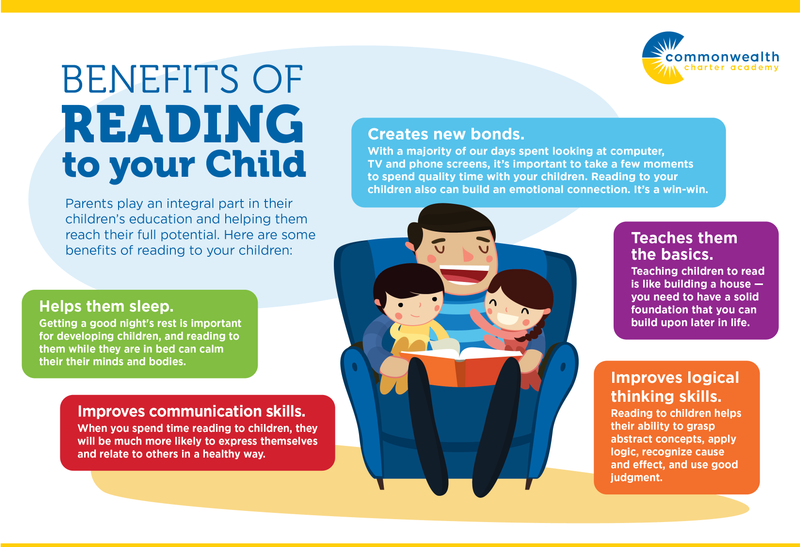 E.g. Dennis The Menace, Garfield, Florence Nightingale, William Wordsworth, Pope John XXIII, Lois Armstrong, Beethoven.
E.g. Dennis The Menace, Garfield, Florence Nightingale, William Wordsworth, Pope John XXIII, Lois Armstrong, Beethoven.
Use Incidental Learning To Teach
If children aren’t paying attention, find out what they are paying attention to and put the material they are to learn in the middle of their field of attention. If the student attends to his buddy’s talking have the buddy to the teaching of the material, if the student is thinking about something not related, incorporate this into the lesson. E.g. in a lesson on solids, liquids and gases a student has his mind on Ninja Turtles ask him ‘is your ninja turtle a solid, liquid or gas?’
Support Full Inclusion Of Your Child In The Regular Classroom
Teach Your Child Physical Relaxation Techniques
Relieve your child’s stress through physical relaxation exercises such as hatha yoga, progressive relaxation training or other relaxation activities such as throwing a ball against a wall, listening to music, gazing at clouds, walking, daydreaming, rocking or other rhythmic or repetitive exercises.
Activate Positive Career Aspirations
You can help stimulate the career aspirations of your child who has a need for novelty, change imagination, movement and spontaneity by exploring with him a wide range of high variety, high action, high movement vocations by trips to the library, career reference centres or videos.
Consider Biofeedback Training
See a trained psychologist who has the necessary equipment and has previously worked with children with attention difficulties. Biofeedback involves the use of the child’s control of the electrical activity of the brain to vary the types of brain waves produced and thereby the amount of focus on a task.
Provide A Variety Of Stimulating Learning Activities
Experiment with the amount of stimulation in the child's environment to determine the optimum amount for learning. It is suggested that rather than being overstimulated, that overactive kids might be underaroused and actually learn better with a larger dose of stimulation and if they don’t get it they create their own. Use a variety of novel and stimulating activities rather than boring worksheets.
Use a variety of novel and stimulating activities rather than boring worksheets.
Give Instructions In Attention Grabbing Ways
Sing your instructions or use a particular piece of music to prompt regular tasks.
Portray usual instructions in unusual ways, e.g. instead of 'turn off the lights' ask your child to 'turn on the dark'.
Use visual reminders on windows, doors or fridges, e.g. drawings or photos of the activity or items to be remembered.
In class, cue your students into attending with a special signal, such as music, switching lights on and off, a sound.
Find Your Child’s Best Times Of Alertness
Schedule activities requiring short term memory and problem sloving during the morning hours and more open ended experiences and those requiring motor activities in the afternoon for students who appear to be more restless in the afternoon.
Keep a record of your child's activity rhythms and alert the child's teacher so that best times for learning can be used.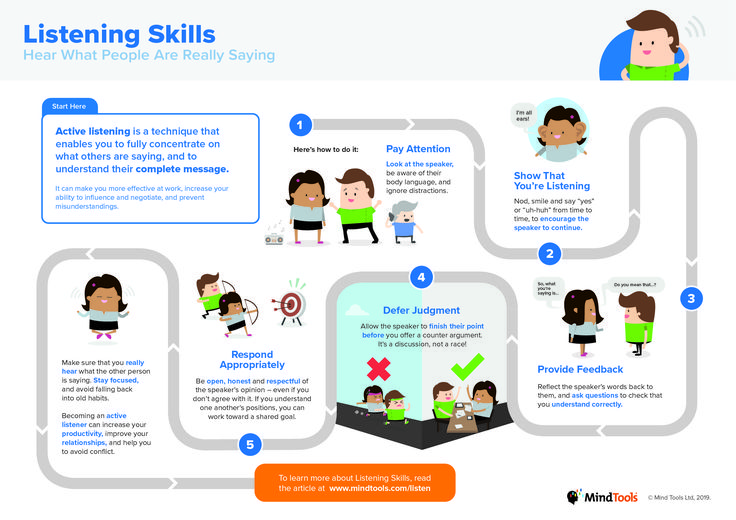
Enhance Your Child’s Self Esteem
Use success sharing time when eating or keep a scrap book.
Provide Opportunities For Physical Movement
Some children need movement in order to learn, rather than sitting quietly at their desks. For children who squirm, wiggle, niggle provide opportunity for physical activities that do not disturb other students. In class this may include being allowed to stand, kneel or lie down when working, using energizers during the day, using tai chi, using movement to learn, e.g. spell by sitting for consonants, standing for vowels, walking while chanting tables.
Remove Allergens From The Diet
Symptoms of allergies include irritability, hyperactivity, fatigue, inability to concentrate, stuffy nose, dark circles under eyes, puffy eyes, abdominal pain, headaches.
Foods commonly implicated include soya products, cow's milk, chocolate, grapes, wheat, oranges, cheese, eggs, peanuts, corn, seafood, oats, melons, tomatoes, sugars, cola and ham.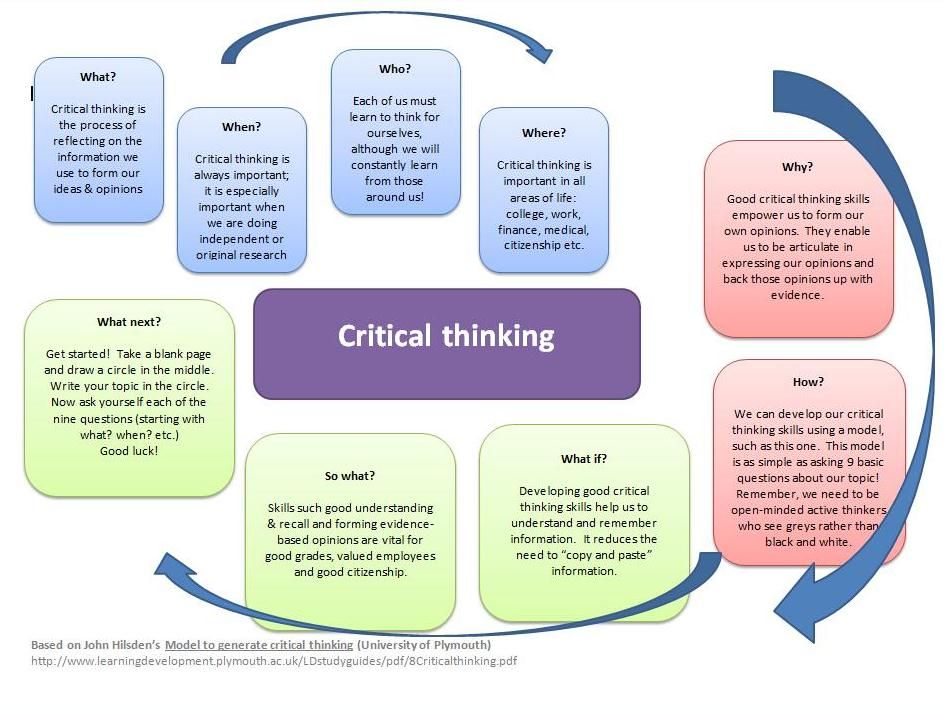
To determine possible causes of behavioural reactions implement an elimination diet as follows: Prepare meals that contain allowed meats, vegetables fruits and nuts, rice and water but eliminates the above foods.
Keeps a diary of your child's behaviours starting three days before the diet begins. Eliminate suspected foods for five to ten days or until symptoms show improvement lasting at least 48 hours. Begin to add suspected foods, one a day. If a food appears to provoke a reaction don’t give anymore and wait until symptoms subside before adding any new foods. Involve your child in the process, possibly turning it into a game of 'catch the culprit'.
Teach Your Child To Visualise
Visualisation can be used for both retaining what is learned by forming a picture in ones mind or for coping with ones behaviour. Some images that can be suggested include:
For calming down:
- A special place in nature
- A favourite trip
- An imaginary journey
- A secret place
For focusing:
- A favourite colour
- A favourite toy
- A special hero
- A favourite movie
For responding to criticism:
- Ducking arrows
- Letting the breeze pass around
- Falling off like water off a duck's back
- Using an imaginary light sabre
- An imaginary protective white light
Use Colour To Highlight Information
Deliberate use of colour to highlight material to be learned can assist learning.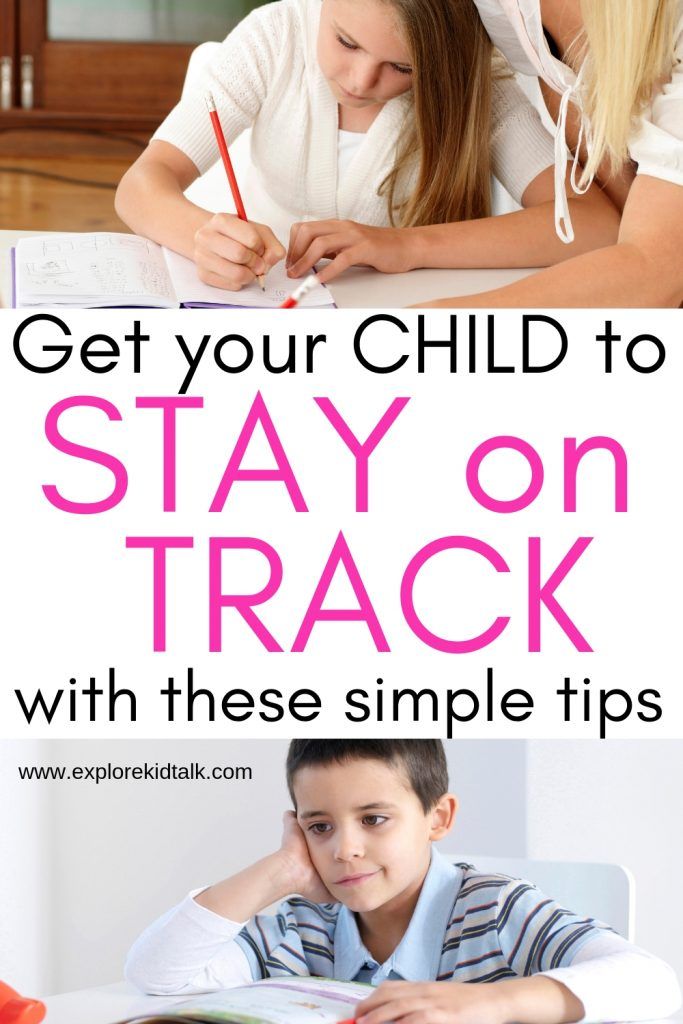 Use colour to highlight specific words, numbers or text, or have students use highlighter pens to underline. Children can also use a variety of coloured pens, pencils, crayons, chalk.
Use colour to highlight specific words, numbers or text, or have students use highlighter pens to underline. Children can also use a variety of coloured pens, pencils, crayons, chalk.
Use background music to focus and calm
Highly stimulating music such as rock may have a calming effect resulting in reduction in motor activity. The prominent beat appears to override surrounding environmental sounds providing focus. Experiment by asking your child to choose the type of music he would like to listen to whilst learning and take notice of beneficial or detrimental effects. Different types of music may be selected on the basis of mood or time of day.
- Books
- CDs, CD-ROMs & DVDs
- Packages
- Breaking News June 21, 2022
- Seminar and workshop bookings now available for 2022 March 21, 2022
| << | Dec 2022 | >> | ||||
| M | T | W | T | F | S | S |
| 28 | 29 | 30 | 1 | 2 | 3 | 4 |
| 5 | 6 | 7 | 8 | 9 | 10 | 11 |
| 12 | 13 | 14 | 15 | 16 | 17 | 18 |
| 19 | 20 | 21 | 22 | 23 | 24 | 25 |
| 26 | 27 | 28 | 29 | 30 | 31 | 1 |
Source: http://klass617.narod.ru/0x/0-8 Tips for Parents of first-graders: 1. Branch the child in an effort to become a student. 2. Discuss with your child the rules and regulations they will meet at school. nine0034 3. Make a daily routine with the first grader and follow it. 4. Do not skip the difficulties that a child has at the first stage of education. 5. Support the first grader's desire to succeed. 6. Praise and emotional support (“Well done!”, “Good!”) can increase a person's intellectual level. 7. Seek advice from a teacher and a school psychologist. 8. Respect the first grader's opinion of your teacher. nine0034 Tips for developing attention in a child In order to develop attention, it is necessary to know its basic properties and the degree of development of these properties in a child. 1. Amount of attention - the number of objects that a child can perceive at the same time. Attention span develops with age. Up to 3-4 years old, a child can perceive only one object, usually something bright and unusual. At the age of 5-6, there may already be several such objects, usually 2-3. To check the amount of attention, do a simple test: lay out several objects (10-12) on the table, cover them with something, such as an opaque cloth, then remove the cloth for 3 seconds, ask the child to remember which items are on the table, and cover again their fabric. Then ask the child to name the items they remember. nine0034 2. Concentration of attention - a property characterized by the ability to keep attention on one subject without being distracted by others. To develop concentration, try to engage with your child in some activity that requires concentration in a noisy environment, for example, turning on music. At the same time, you can constantly complicate the task by making the music louder and louder. 3. Switching attention - the speed of transition from one type of activity to another, this property of attention requires volitional effort. Distractedness is associated with poor switching of attention, which can be exacerbated by fatigue and chronic diseases (for example, adenoiditis, in which nasal breathing is difficult and the brain does not receive enough oxygen). A child, especially an impressionable one, sometimes cannot concentrate on completing a task for a long time due to the memory of some strong image. nine0034 Switching and attention span in young children are poorly developed. For their training, there are special exercises. For example, a younger student can be offered a game of "corrector". The child is given a sheet of letters (you can take an ordinary newspaper), on which he must cross out one letter, circle another, and skip all the rest. For preschoolers, instead of a newspaper, you can take a sheet with rows of geometric shapes of various colors. The degree of development of volume, concentration and shifting of attention largely depends on the success of a child's education at school. Guess the word game. Several people play, one player goes out (“leader”), others make up a word. It must be a noun, for example, the word “house”, “leader” must guess it, with the help of hints, and only three people can tell him, and then not directly, but indirectly. In order to guess the first letter, in our case, it is the letter "D", those who prompt call each by the word that contains the letter "d". For example, one says "board", the second "dresser", and the third "rainbow" - a little effort, and the first letter is guessed. Then they move on to the next letter and so on until the word is guessed. Exception game. An adult will name, say, plants, a child should listen carefully, and as soon as an animal is named among the plants, he should jump. Game "What has changed?". The game requires 5-6 children. One child is chosen, he “leads”, the “leader” examines the children for 1 minute, then turns away or leaves the room. Numbers-figures game. This is a game for the amount of attention, teaches you to do several things at the same time. An adult calls several numbers (3-4) and at the same time shows pictures with geometric shapes. The child must remember and name both numbers and shapes. nine0034 To improve concentration, you can perform various tasks according to the given model. For example, draw a pattern. The beginning of the pattern is given as a pattern, and all components of the pattern must be repeated. Attention span exercise. The adult gives the child the task of drawing triangles, and when the child draws, he claps his hands. The child must draw as many triangles as possible and name the number of claps. Pictures develop attention well, in which you need to find a certain number of differences. nine0034 A few tips for parents: - during class, don't be an aloof spectator, take an active part in the games, show your emotions; - when giving instructions to a child, make sure that it is specific, understandable and consistent; - tasks should be selected so that the child is interested, that is, they should slightly exceed the child's skills at the moment; Do not blame your child for inattention and do not compare him with other children, but simply help him develop his attention. Memory development in schoolchildren In order to help your child memorize learning material more easily and effectively, all factors must be taken into account. Therefore, try to determine what type of memory prevails in your child. But still remember that sometimes it also happens that the memory of a student can be mixed. Naturally, it is necessary to take into account how the child remembers school material more easily. But it is desirable not to concentrate only on one type of memory, but to develop everything little by little. nine0034 The development of memory in schoolchildren involves memorizing material in different ways. For example, when helping your child with homework, try to read aloud to your child one day, and the next day ask him to read to you. Try to use pictures, diagrams, drawings when doing your homework. Have your child say the answers out loud. Thus, the child will develop all types of memory, and after a while it will be much easier for him to memorize school material, to answer in the lessons. Do not forget to review what you have already learned with your child, for example, at first every day and then once a week. Also, be sure to come up with examples for the material that you are studying with your child. Since it is very important that the child does not memorize the material, but understands it. When studying any material, it is essential to take short breaks, because children get tired quickly. Teach your child to look for basic concepts in the material that will help the child quickly navigate and quickly remember all the material. nine0034 Memory development exercises: In order to develop a good memory in a child, you need to teach him to memorize and study the material correctly, as well as simply develop memory and associative thinking. For this purpose, simple task games are suitable. For example, play illogical associations with your child. To do this, think of a few unrelated words (elephant, shop, bicycle, grandfather), and the child must come up with a story in which these words will be used. You can also offer the child some pictures, he should look at them for about thirty seconds, then you hide the pictures, and the child should draw what he remembers. You can come up with most of the games yourself, but the main thing is that the sooner you start developing your child's memory, the easier it will be for him to learn in the future. Recommendations for parents of hyperactive children 1. It is necessary to communicate gently and calmly with a hyperactive child. If an adult performs an educational task with him, then it is desirable that there be no shouts and orders, but also enthusiastic intonations, an emotionally elevated tone. A hyperactive child, being very sensitive and receptive, is likely to quickly join in your mood. Emotions will overwhelm him and become an obstacle to further successful actions. nine0034 2. Quite often, hyperactive children have extraordinary abilities in different areas, are quick-witted and quickly “grab” information, which gives teachers the impression that these children need to be given faster and more information. 3. As a rule, a hyperactive child receives a lot of reprimands at home and at school. As a result, his self-esteem suffers, so he should be praised more often for successes and achievements, even the smallest ones. However, we must not forget that insincere, undeserved praise is unacceptable. All children, especially hyperactive (and especially sensitive) ones, will quickly “bite” you and stop trusting you. nine0034 4. However, remembering that a hyperactive child needs the praise and approval of adults to build self-confidence, we must not forget that if an adult wants to praise a child for the successful completion of a task, for perseverance or accuracy, it is better not to do it too much. emotionally, so as not to overexcite him. 5. If an adult wants to get a hyperactive child to follow his instructions and requests, you need to learn how to give instructions for him. 6. If adults believe that some activity of the child should be prohibited (for example, the child should not leave the office, etc.), then it must be remembered that there should be very few such prohibitions, they must be agreed in advance with the child and are formulated in a very clear and uncompromising way. At the same time, it is desirable that the child knows what sanctions will be imposed for violating a particular prohibition. In turn, adults must be very consistent in enforcing sanctions. nine0034 7. 8. Due to their impulsiveness, it is difficult for a hyperactive child to switch from one type of activity to another at the first request of an adult. Sometimes it is better to warn him about it a few minutes before the start of a new activity. 9. It is often said by adults that hyperactive children never get tired. It is this fatigue that manifests itself in the form of motor restlessness, which is often mistaken for activity. Such children get tired very quickly, and this leads to a decrease in self-control and an increase in hyperactivity, from which they themselves and everyone around them suffer. 10. Compliance with a clear regime (routine) of the day at home is also one of the most important conditions for successful actions when interacting with a hyperactive child. And eating, and walking, and doing homework must be carried out at the same time known to the child. 11. If possible, it is necessary to protect a hyperactive child from prolonged use of the computer and from watching television programs, especially those that contribute to his emotional arousal. As W. Oaklander wrote: "When such children are given attention, listened to, and begin to feel that they are taken seriously, they are able to somehow minimize the symptoms of their hyperactivity."
|
How to develop mindfulness and concentration in your child
Children are often punished for inattention: spilled here, missed there, didn't think about the problem. Meanwhile, the ability to focus is an essential skill for learning and development. Especially today, when phones and a huge number of annoying stimuli make it difficult to listen to the teacher's agonizing story about the elevator.
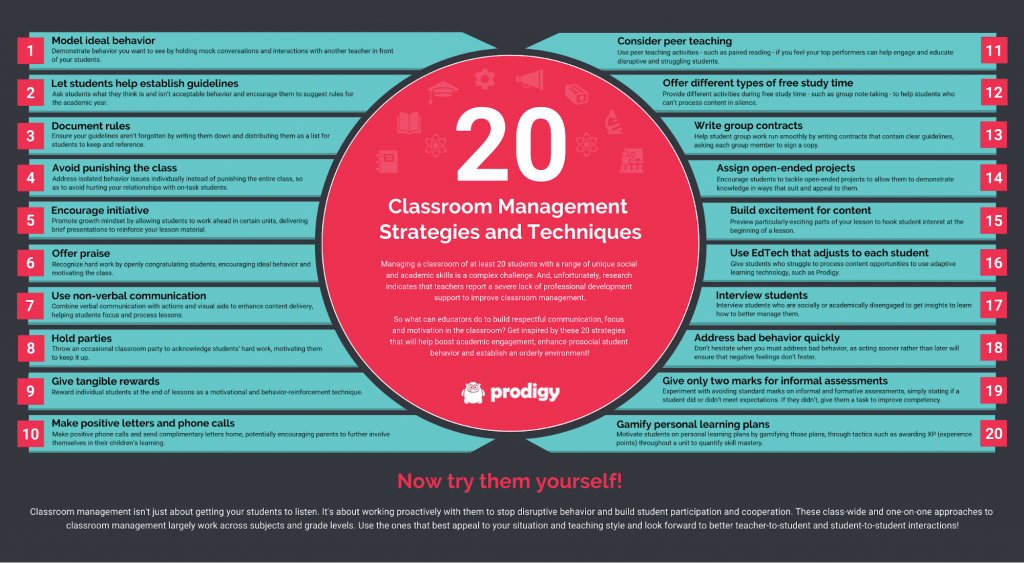 Fortunately, parents can help their child train the attention muscle.
Fortunately, parents can help their child train the attention muscle. As soon as a person is born, a mass of sensory stimuli falls upon him. If we began to respond to each of them and did not learn to cut off the excess, then, probably, human progress would stop somewhere in the arena under a spinning mobile. Over time, we get used to and are quite selective about annoying nonsense that climbs into our eyes, preferring to focus on those things that serve our goals. nine0034
At the same time, full immersion in the study of the fly wing could play a cruel joke on us, so evolution has shaped us to be open to new experiences, to unexpected and significant events. So, for example, a ball flying right into a vase easily takes us out of a trance. It's a delicate balance that requires complex neural networks to guide our behavior.
Physiologists have a suitable metaphor for this case: attention is like a traveler going through a forest, he needs to keep the route in his head all the time, not to go astray and at the same time see the unwanted appearance of snakes and somehow react to them.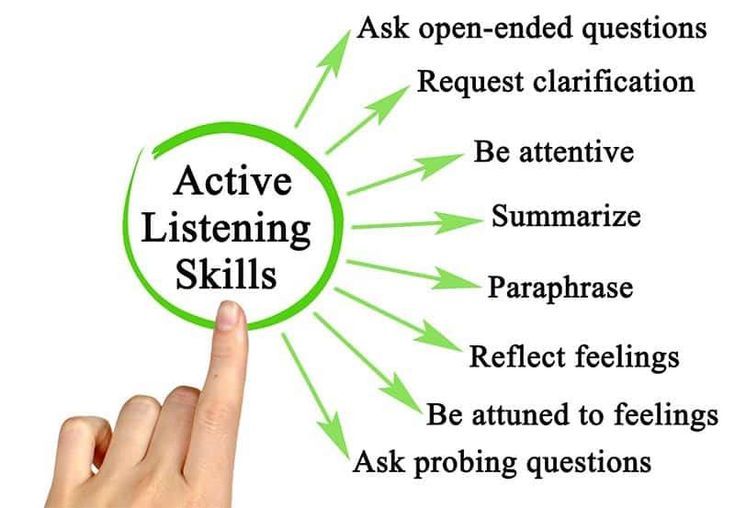 In a child, neural networks are just being formed, and the inner traveler has not quite decided in which direction he should go. nine0034
In a child, neural networks are just being formed, and the inner traveler has not quite decided in which direction he should go. nine0034
However, now more than ever, it is more important to engage in the attention of children. First, today, armed with the latest research, we know that the ability to concentrate is quite trainable. Secondly, these trainings improve the intellectual abilities and the functioning of the child's brain in general. Scientists have even been able to prove this on a group of preschoolers. Thirdly, the current generation found itself in an unprecedented situation: their ancestors did not have so many irritants in the form of flat screens, virtual reality helmets and smartphones with some terrible diagonal. nine0034
Teachers, by the way, have been sounding the alarm for a long time. An online survey conducted back in 2012 found that almost 90% of them believe that new technologies help us grow "an easily distracted generation with a short attention span.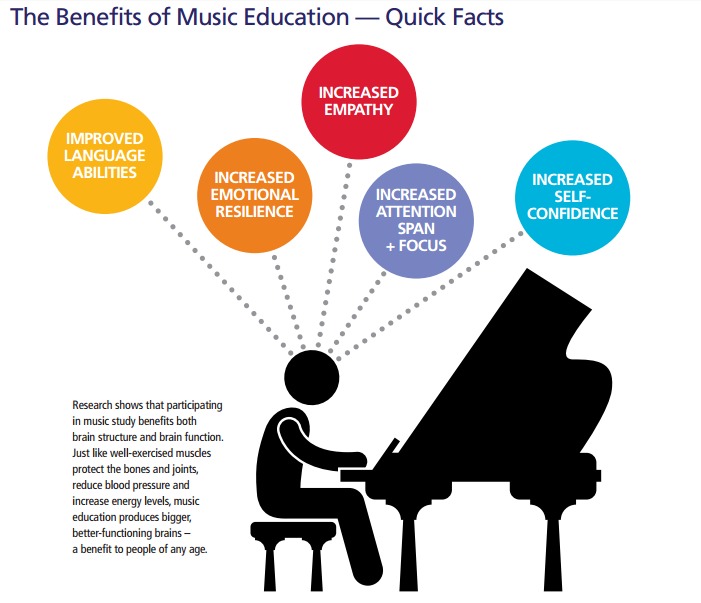 " There is an opinion that a child is able to concentrate on a lesson for 15 minutes, after which it would be nice to change activities. But some teachers seriously believe that 15 minutes is already an unthinkable luxury. Their teenagers are distracted about once every 28 seconds.
" There is an opinion that a child is able to concentrate on a lesson for 15 minutes, after which it would be nice to change activities. But some teachers seriously believe that 15 minutes is already an unthinkable luxury. Their teenagers are distracted about once every 28 seconds.
What can be done in 28 seconds? Maybe the physicist will have time to mutter the gimlet rule, but the philologist will only begin to recite the first line of Lermontov.
I just want to blame the stupid phone for everything. But, of course, it is not the device itself that is to blame, but how children use it. If what comes out on the screen does not emotionally affect a person during the first seconds, he easily scrolls through this boring thing further: there is a lot of entertainment. But entertainment is designed in such a way as to capture the user's attention. nine0034
No, taking the phone away completely is like turning off the electricity and offering to sit by the torch: it is strange to struggle with the modern world.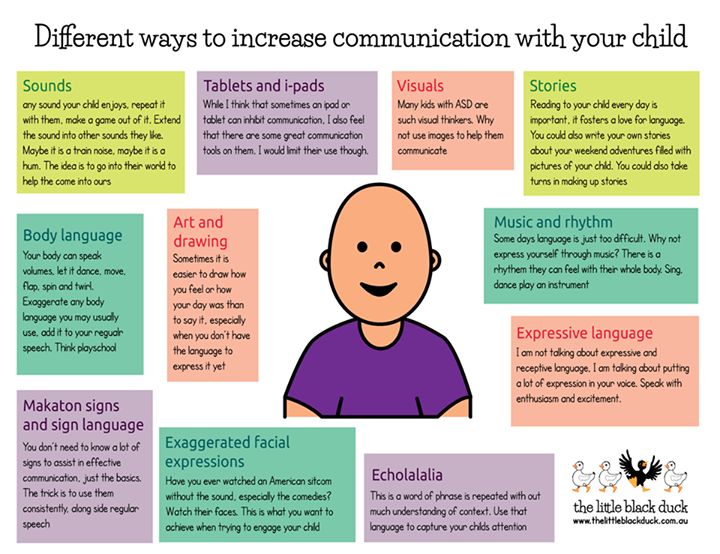 But we can do a lot to help the child to be aware of what is happening to him, to see where he "sticks", where his personal attention holes are, and to make the learning process more appropriate.
But we can do a lot to help the child to be aware of what is happening to him, to see where he "sticks", where his personal attention holes are, and to make the learning process more appropriate.
1. Remove unnecessary irritants
If a person has a problem with the perception of information, you need to look around. Perhaps it is the room that is to blame for the fact that the child is in no way able to finish listening to the fairy tale. Psychologists from Carnegie Mellon University have found that children in bright, poster-hung classrooms are less likely to learn the content of the lesson. However, it is worth removing funny pictures from the walls, leaving only Mendeleev’s portrait above the board, and the ability to maintain concentration magically increases in children. This, by the way, explains why your Kolka did not hear a lecture on etiquette: reading it against the backdrop of a working TV is a disastrous thing. nine0034
2.
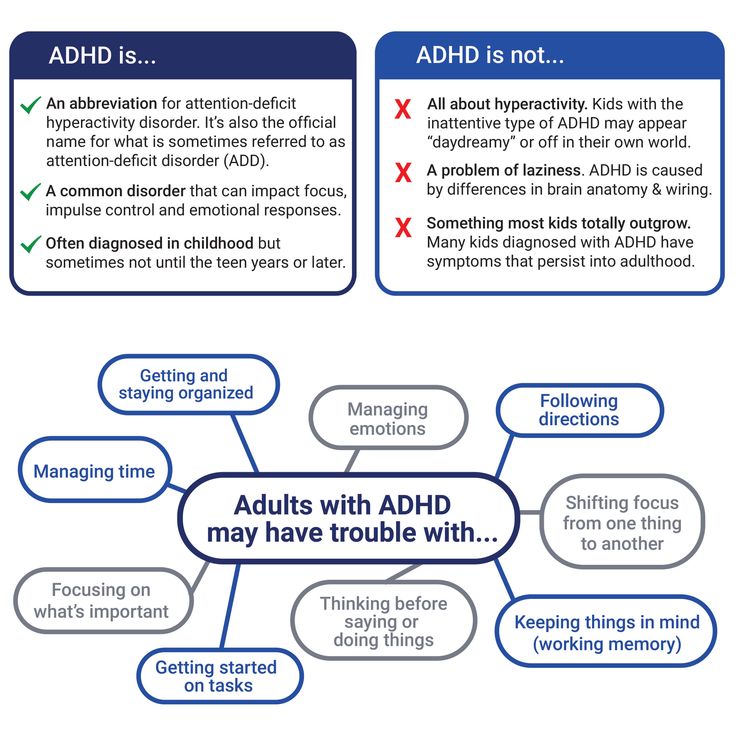 Add sensors and movement
Add sensors and movement If the child falls out during explanations, remember sensory integration. Children need many different stimuli, including tactile stimuli, to tune their brains. Allowing them to crumple the gum in the palm of their hand during class can be very helpful for them to hear you.
Some people find it difficult to keep information in focus, because all the effort goes into maintaining a still position and sitting in an uncomfortable position. If such a child has the opportunity to burrow into pillows, crush himself with a backpack or lie down, his attention to your words will be higher. A good way is to take breaks to recharge. Studies have shown that 15 minutes of exercise in the classroom significantly improves the results of cognitive tests taken on the same day. nine0034
It would be wrong to pay attention only to external absorbers of attention, scold them quietly and do nothing with your own manner of speaking.
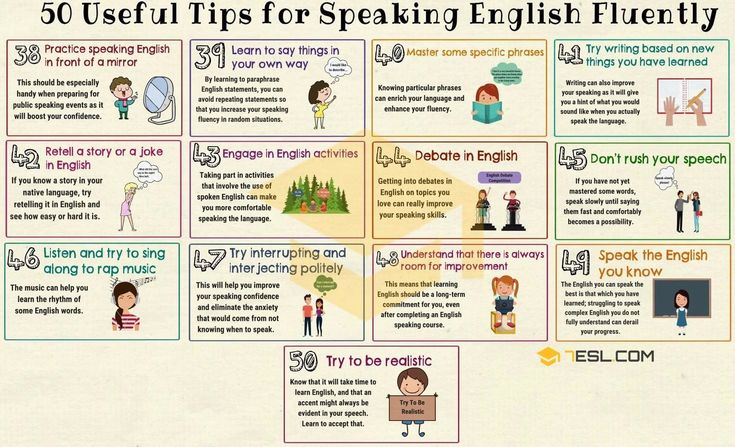 Today we have a hundred thousand ways to become interesting ourselves. Cool pedagogical technologies, games, storytelling - all this can work for children. In vain, many underestimate the power of a lively speech aimed at a child, especially if it contains a curious question. nine0034
Today we have a hundred thousand ways to become interesting ourselves. Cool pedagogical technologies, games, storytelling - all this can work for children. In vain, many underestimate the power of a lively speech aimed at a child, especially if it contains a curious question. nine0034 Experiments on the ability of students to focus, could not fail to find a connection between attention and active learning. The bottom line is this: if you show pictures, ask questions all the time and even expect answers, as if talking at ease, then the loss of attention will be less than during a standard lecture.
Parents should also keep this in mind. When we go into the second circle with a speech about the benefits of learning, there is a high probability that all this flies off target. It would be much more effective to talk with the child about his goals and interests, or about what hinders or helps him learn. nine0163
4. Don't forget about mindfulness
What has long become mainstream in the West, but still sounds wild in our country, is the school practice of mindfulness.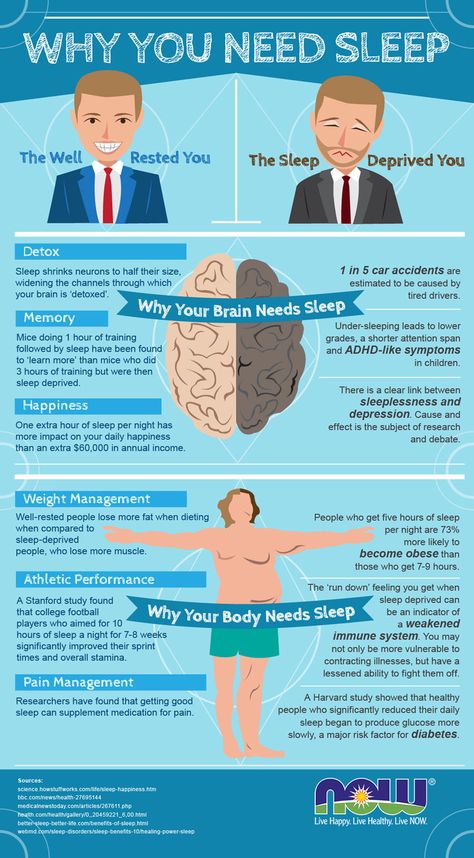 There is hundreds of scientific evidence that simple exercises that help children feel their breath and position in space, visualize a certain image, affect them in amazing ways. For example, they increase the ability to concentrate and self-regulate, reduce problem behavior and anxiety, and even make children happier. nine0163 It seems that at home it is even easier to enter the habit of listening to your feelings and relaxing than in a classroom with 25 people who randomly kick their legs.
There is hundreds of scientific evidence that simple exercises that help children feel their breath and position in space, visualize a certain image, affect them in amazing ways. For example, they increase the ability to concentrate and self-regulate, reduce problem behavior and anxiety, and even make children happier. nine0163 It seems that at home it is even easier to enter the habit of listening to your feelings and relaxing than in a classroom with 25 people who randomly kick their legs.
5. Submit information through different channels
It happens that an adult cannot achieve understanding, because he refers to the wrong channel of the child's perception. For example, he is auditory, and you expect him to plunge into the world of bizarre tones of greenish pastel. When teaching a person to concentrate on a subject, connect visual, auditory and maybe even kinetic stimuli. nine0034
6. Let him play
Play is vital to human development, even if daddy thinks preschool arithmetic is more useful.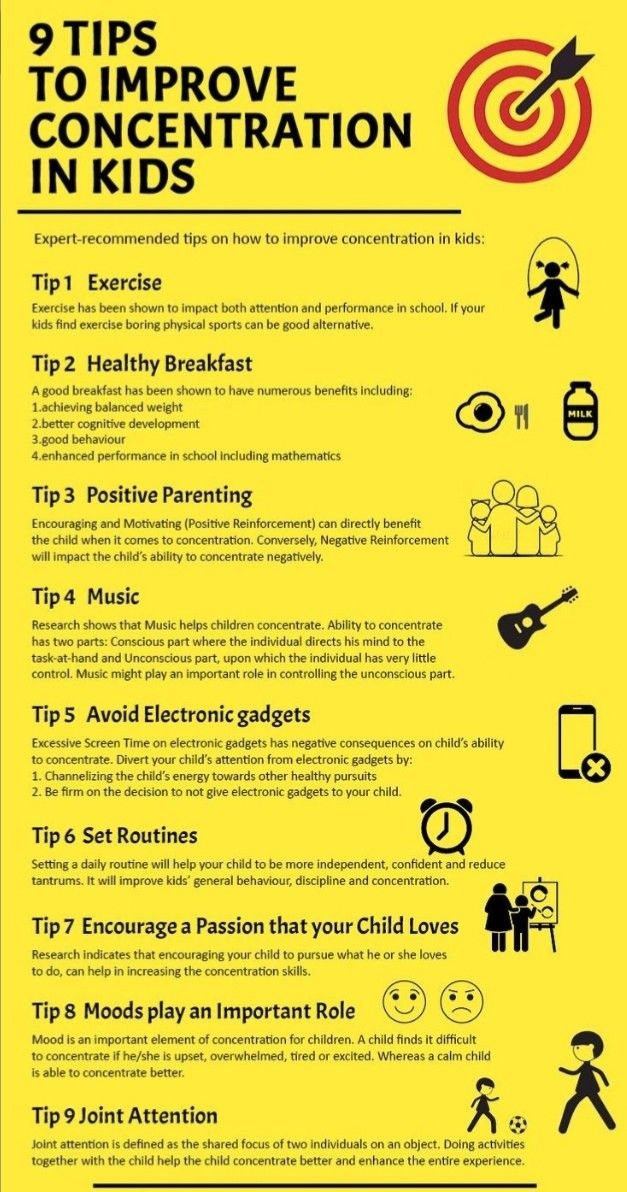 Researchers who study the game every year find more and more evidence of its beneficial effects on the brain. From a purely practical point of view, children who have not played enough are trying to play while studying or have a conversation at once for three baby dolls while you talk about the structure of the Universe. And this is inconvenient.
Researchers who study the game every year find more and more evidence of its beneficial effects on the brain. From a purely practical point of view, children who have not played enough are trying to play while studying or have a conversation at once for three baby dolls while you talk about the structure of the Universe. And this is inconvenient.
7. Read aloud
A recent American study offers us an option that your grandmother already knew about - reading a book. Regular reading aloud helps preschoolers with emotional regulation, self-control and attention skills. The calming effect has been found in a study of preschoolers, but it probably works for everyone—even anxious parents.
This material is part of a large project dedicated to the development of children's personal potential and key competencies of the 21st century. What is the project about? We talk about the child and his development as a person, not an object of the educational process.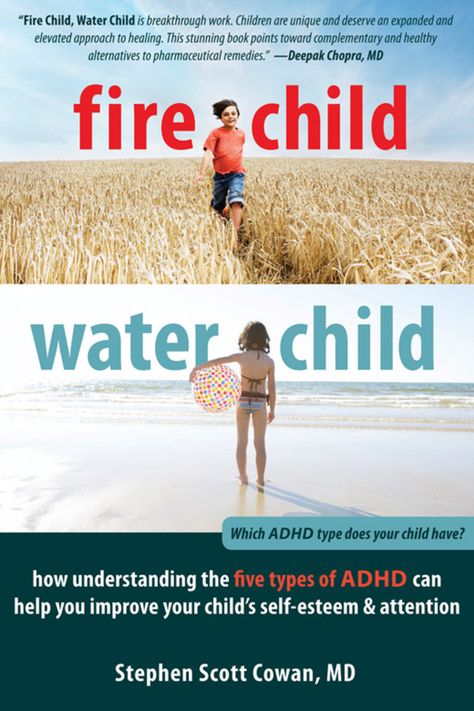
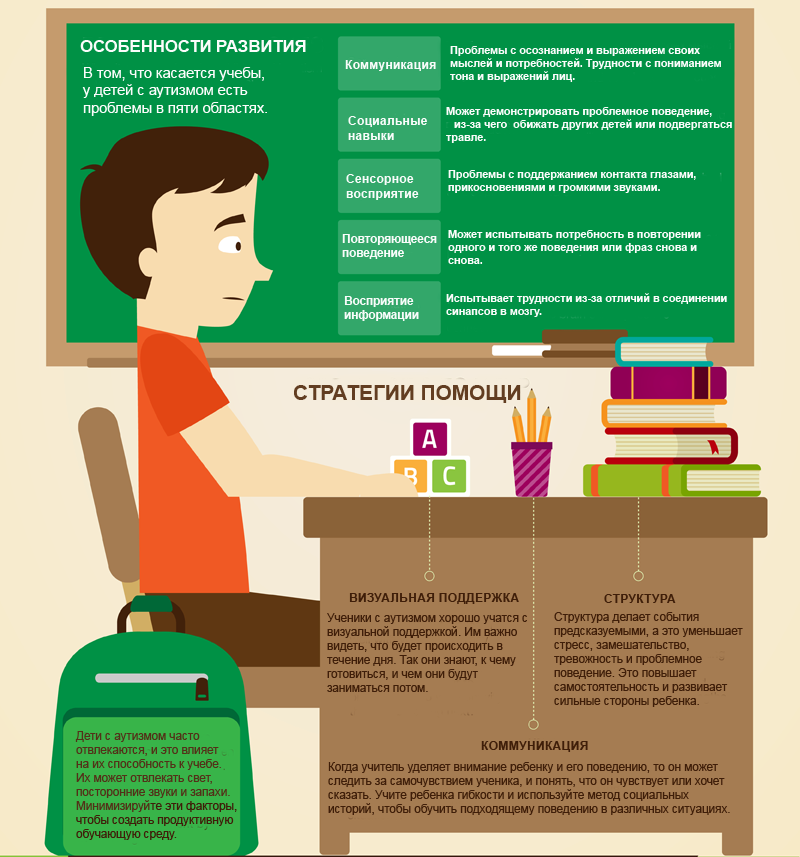
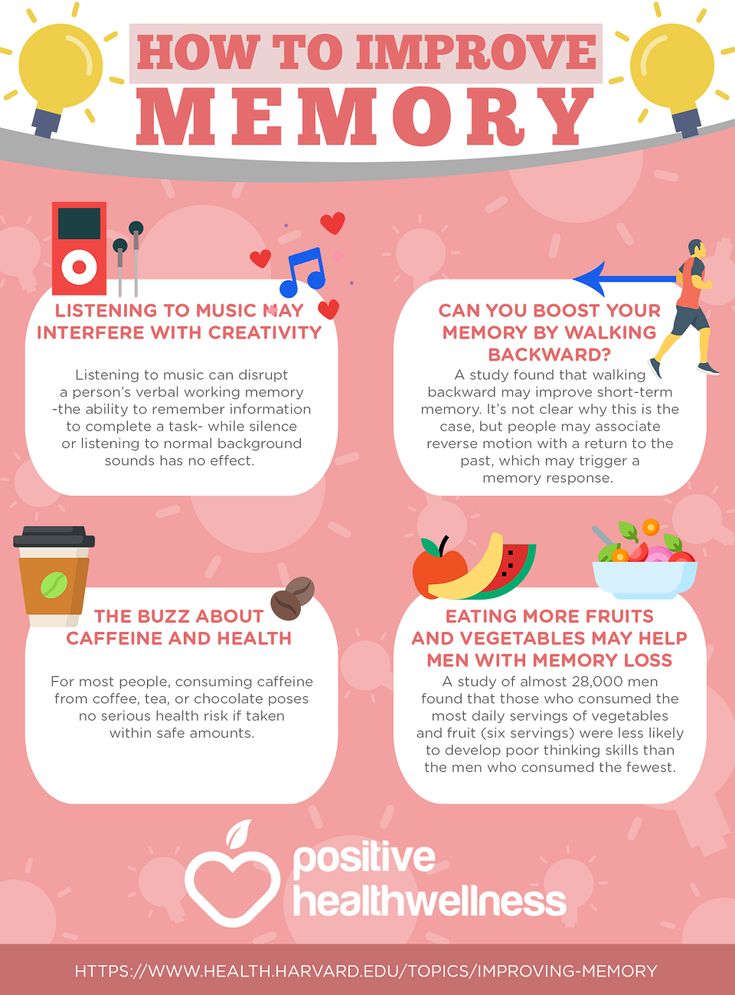
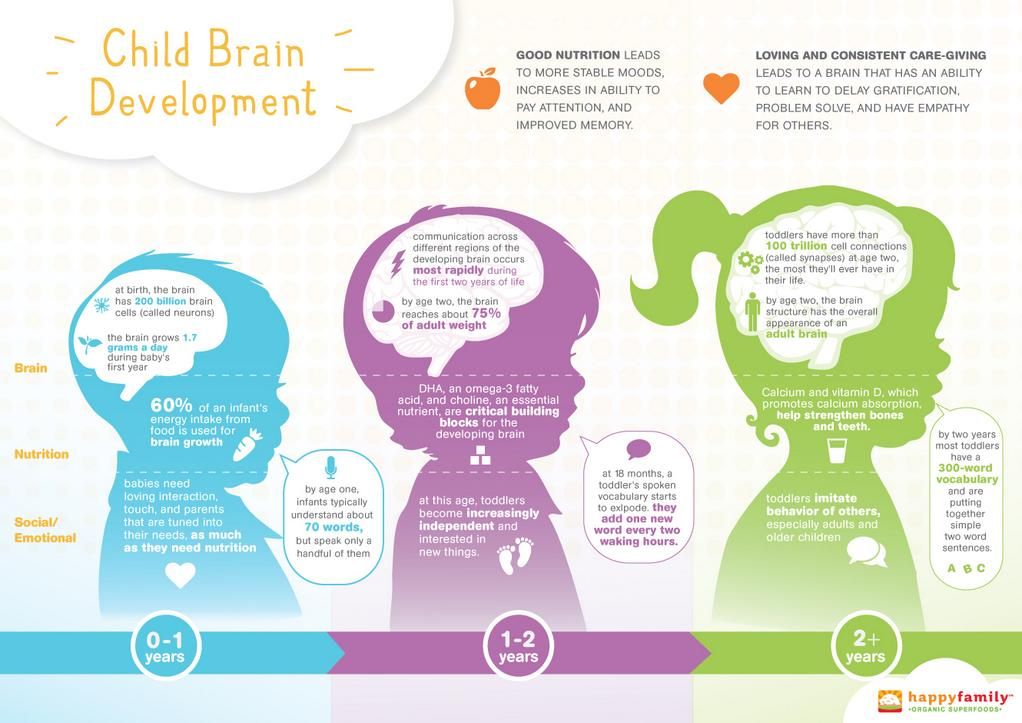 Here are some games that will allow you to develop your child's attention. nine0034
Here are some games that will allow you to develop your child's attention. nine0034 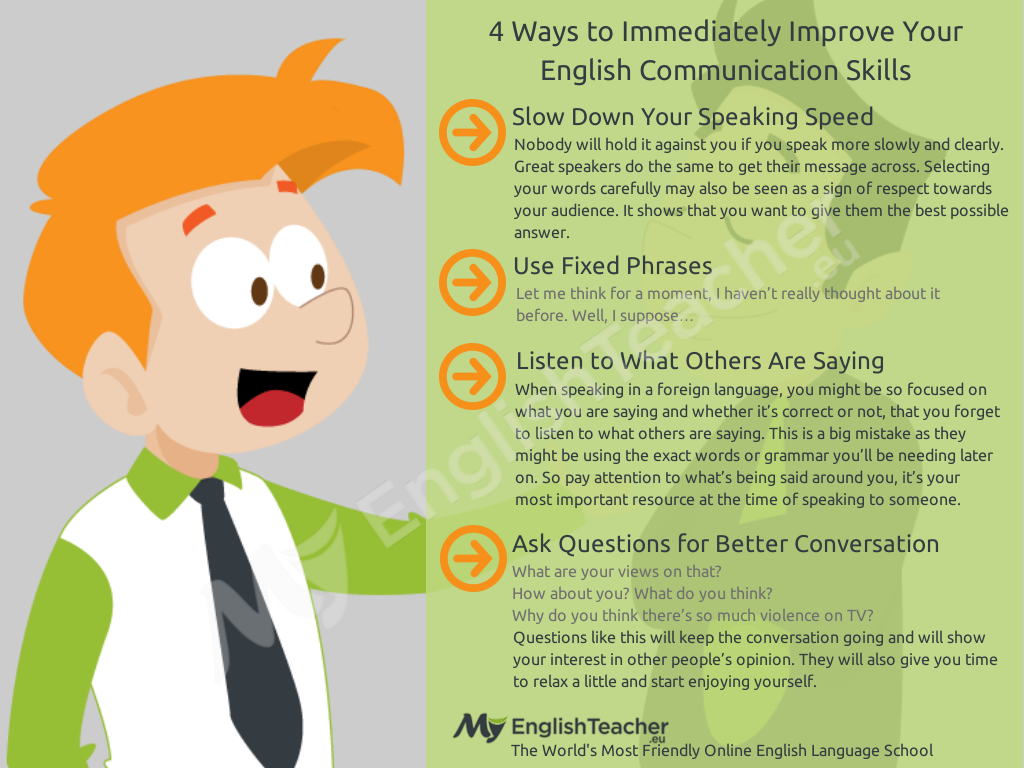 One of the children changes something in their clothes, and the “leader” must understand what has changed.
One of the children changes something in their clothes, and the “leader” must understand what has changed. 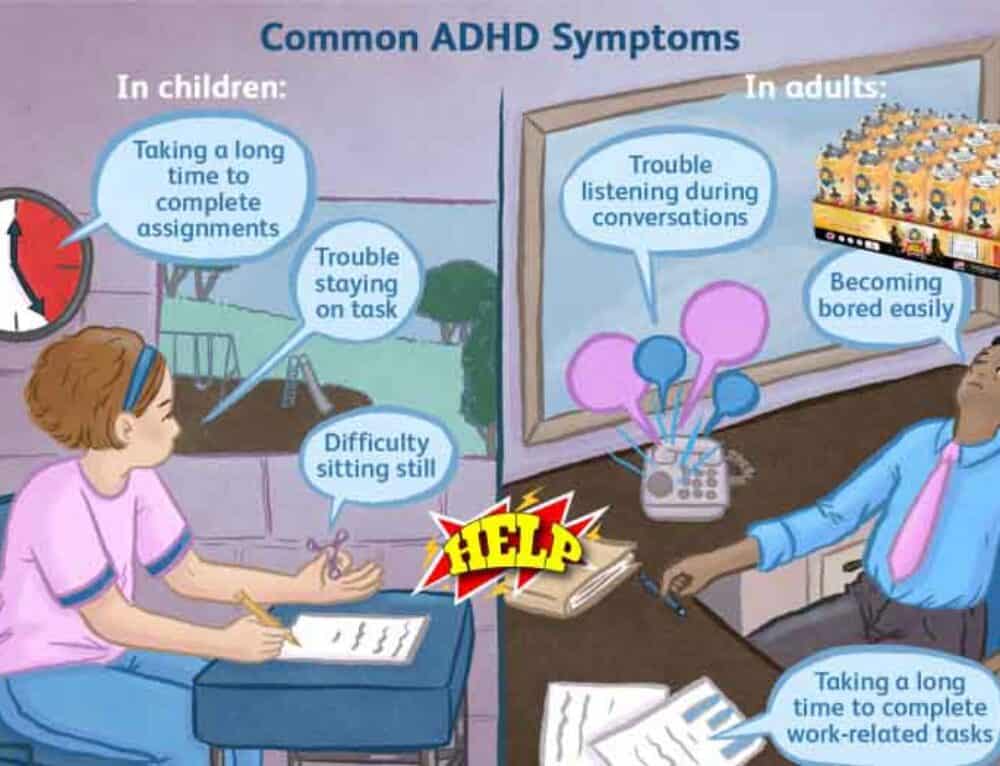 .. and his success will surprise you. nine0034
.. and his success will surprise you. nine0034  nine0034
nine0034  nine0034
nine0034  However, excessive demands on such children and an increase in workloads often lead to overwork, whims and abandonment of activities altogether.
However, excessive demands on such children and an increase in workloads often lead to overwork, whims and abandonment of activities altogether.  First of all, instructions should be laconic, and contain no more than 10 words. Otherwise, the child will simply “turn off” and will not hear you. Teachers should not give the child several tasks at once. It is better to give the same instructions, but separately, adding the following only after the previous one has been completed. Moreover, it is necessary that the tasks are feasible for the child both physically and in time. Their implementation must be monitored. nine0034
First of all, instructions should be laconic, and contain no more than 10 words. Otherwise, the child will simply “turn off” and will not hear you. Teachers should not give the child several tasks at once. It is better to give the same instructions, but separately, adding the following only after the previous one has been completed. Moreover, it is necessary that the tasks are feasible for the child both physically and in time. Their implementation must be monitored. nine0034 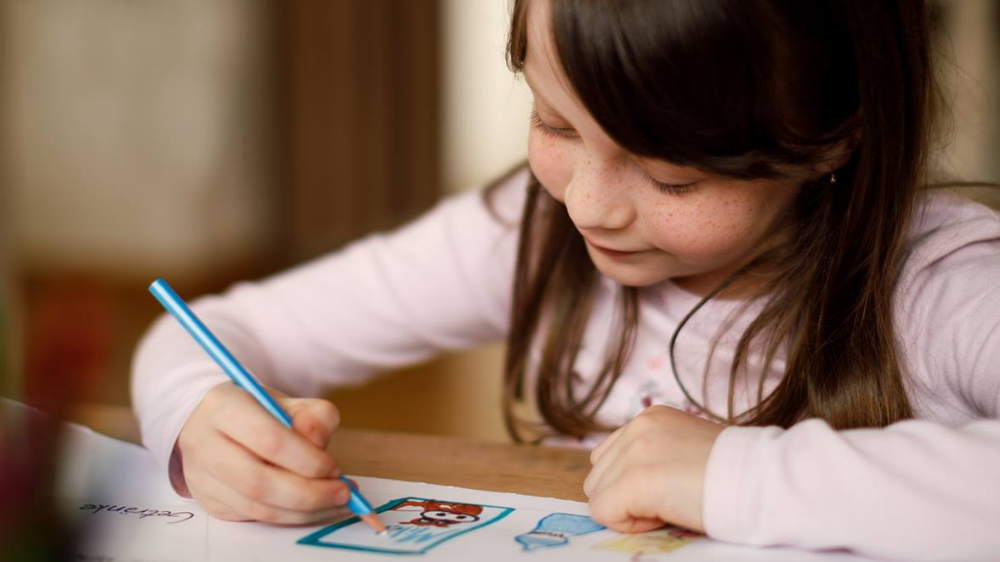 In everyday communication with hyperactive children, it is necessary to avoid sharp prohibitions that begin with the words “no” and “no”. A hyperactive child, being impulsive, is likely to immediately respond to such a prohibition with disobedience or verbal aggression. In this case, firstly, you need to speak with the child calmly and with restraint, even if you forbid something to him, and secondly, it is advisable not to say “no” to the child, but to give him the opportunity to choose! (If the child is screaming loudly, you can sing along with him some of his favorite songs of his choice. If the child is throwing toys and things, you can offer him water games, which are described in the section "Games played ... (for example, "Balloon fights" ). nine0034
In everyday communication with hyperactive children, it is necessary to avoid sharp prohibitions that begin with the words “no” and “no”. A hyperactive child, being impulsive, is likely to immediately respond to such a prohibition with disobedience or verbal aggression. In this case, firstly, you need to speak with the child calmly and with restraint, even if you forbid something to him, and secondly, it is advisable not to say “no” to the child, but to give him the opportunity to choose! (If the child is screaming loudly, you can sing along with him some of his favorite songs of his choice. If the child is throwing toys and things, you can offer him water games, which are described in the section "Games played ... (for example, "Balloon fights" ). nine0034 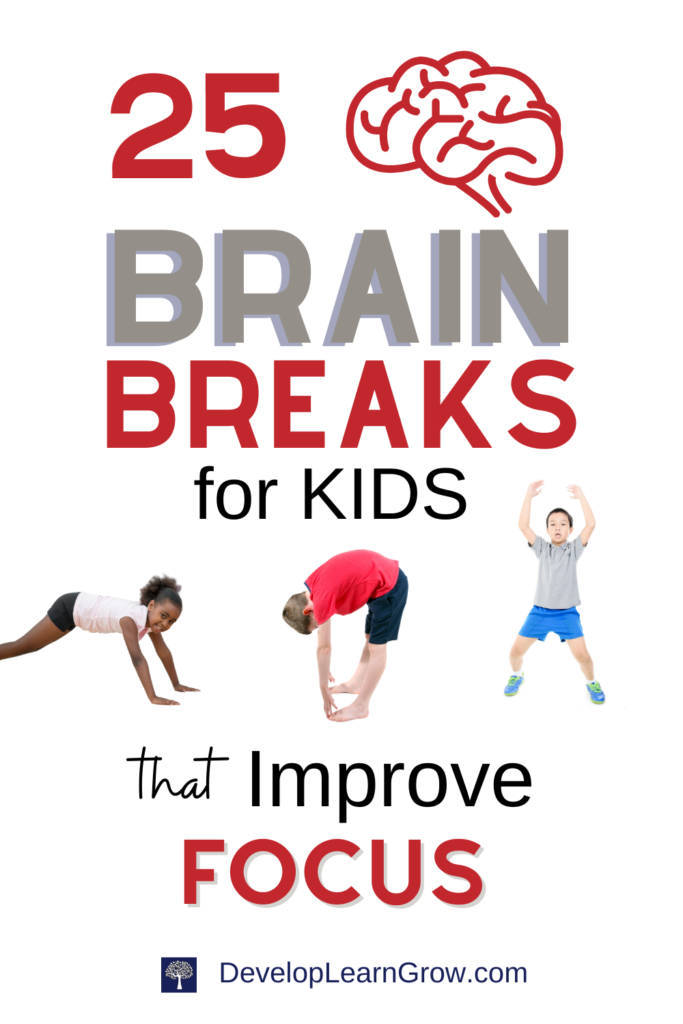 (“After 4 minutes we start another exercise”). Moreover, in order not to cause the child's aggression, it is better if, after these 4 minutes, it is not you who remind him, but the alarm clock or timer. In the case when the child correctly fulfills the set conditions, he certainly deserves a reward, and here it is appropriate to use the system of rewards and punishments, which was discussed above. nine0034
(“After 4 minutes we start another exercise”). Moreover, in order not to cause the child's aggression, it is better if, after these 4 minutes, it is not you who remind him, but the alarm clock or timer. In the case when the child correctly fulfills the set conditions, he certainly deserves a reward, and here it is appropriate to use the system of rewards and punishments, which was discussed above. nine0034  To prevent overexcitation, such a child should go to bed at a strictly defined (fixed) time, and the duration of sleep should be sufficient to restore strength (in each case, parents determine this duration themselves, based on the child's condition). nine0034
To prevent overexcitation, such a child should go to bed at a strictly defined (fixed) time, and the duration of sleep should be sufficient to restore strength (in each case, parents determine this duration themselves, based on the child's condition). nine0034 



